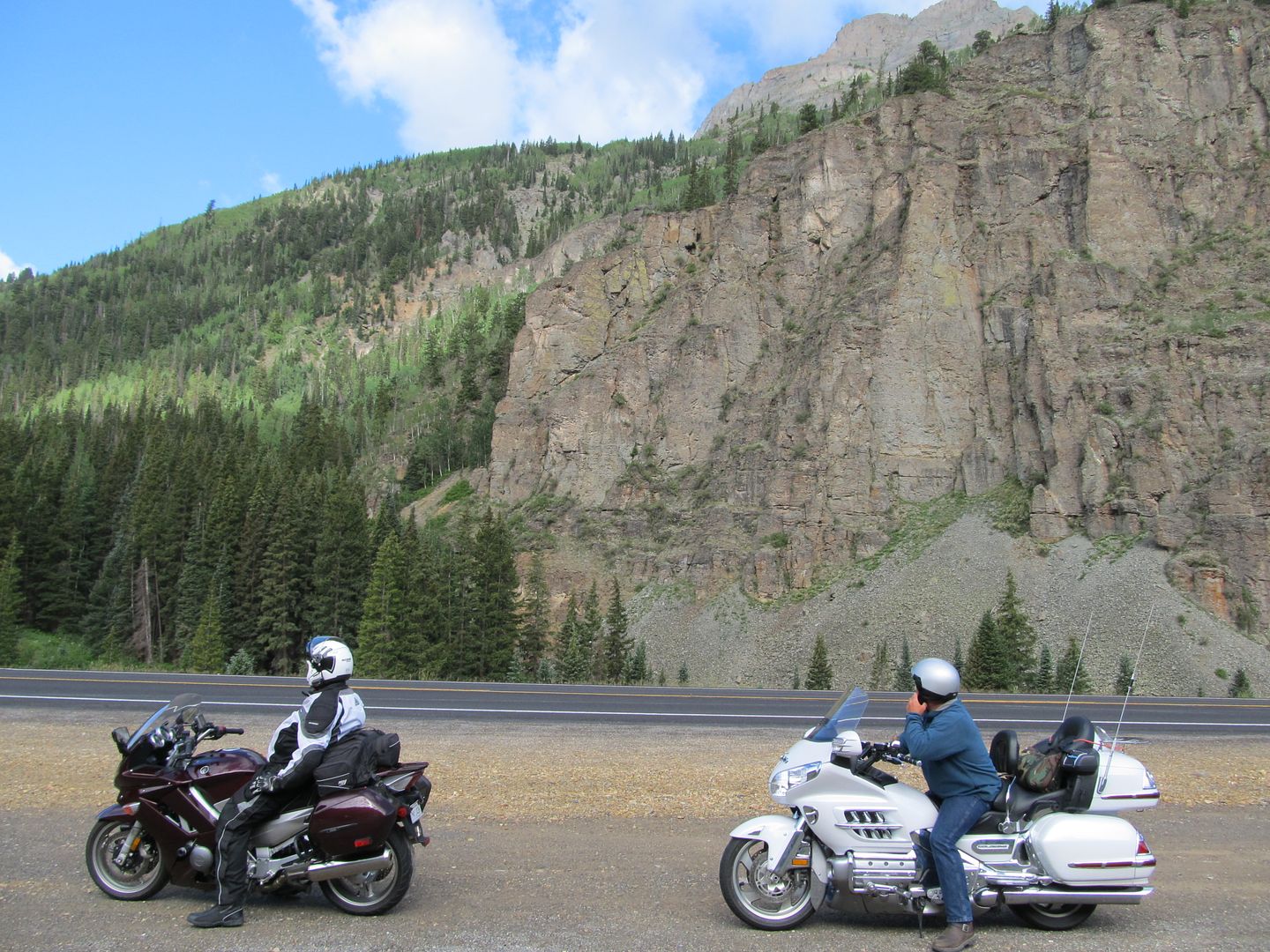You make some good points, Harleystar. It is rather expensive. Without precipitating a statistical debate, I would challenge the level of danger associated with flying. Consider the following:
General Aviation Statistics
Only three out of every 1000 people in the US are pilots.
Out of 67,000 licensed instructors in the U. s. only 15,000 are active.
Only 6% of the U.S. women are pilots.
- 1998 in the United States and its territories, 43,920 people died in transportation-related accidents. Aviation accounted for 683 deaths, with 621 of them in GA.
- Bicyclists, recreational boaters, and people walking in front of trains notched 794, 808, and 831 fatalities, respectively.
- Women pilots threaten some men's macho identity. Some men think that they are losing status by sharing the skies with mere women. I have found the women pilots I have taught to be better, over all, than the men.
Sayings:
Plan for the worst and ask for ATC help up front.
The best way to hurry up is to slow down.
Best way to learn is by doing or by not doing, something
General Aviation has 98% of the planes flying 80% of the hours flown.
General Info Less than 1% of aircraft accidents, caused primarily by fire, result in fatalities. Fires in aircraft are a rarity. The most dangerous aspect of an inflight fire is the pilot who reacts incorrectly by not following the POH.
60% of fatal accidents are the result of improper decisions; 20% are the result of improper technique.
30% if all accidents are the result of flight into IMC conditions.
300,000 planes in 1980
190,000 planes in 2000..Oh, where have all the airplanes gone? Gone, gone, gone?
On average there is one operational error by ATC out of every 200,000 performed.
Only 98 back-course approaches exist in the U.S.
Homebuilt aircraft fly five percent of total flight hours but have 25 percent of maintenance accidents.
Decision making by the pilot is judged to be the direct casue of 85-percent of aircraft accidents.
1996 Statistic
23% of accidents were related to weather. Of these 8% gave icing as a cause.
Pilot population peaked at 827,000 in 1980. In 1999 we are at 635,000 and only 5% are women.
On average there are only two SVFR accidents per year but the fatality rate is over 80%. Over 60% of the accidents occur on departure. 30% result in flight into rising terrain.
67% of all pilot violations have to do with airspace deviations
68% of all runway incursions are caused by G.A. pilots.
Since 1993 we have had a 73% increase in near misses in the U. S. but only a 1l% increase in activity.
- The Katana promises to the the safest trainer ever.
- The C-172 is equally safe
- #l accident area is loss of aircraft control on the runway but incurrs few fatalities..
- Only one ourt of every ten engine failures result in a fatal accident.
- VFR into IFR percentage-wise kills the most.
- very high percentate of fuel exhaustion accidents occur within one mile of destination airport.
- One in five of Piper Cherokee accidents occur due to fuel problems.
- Fatal accident rate of Piper Warrior is significantly worse than other trainers.
- One in five of Tomahawk accidents are stall related.Written by Gene Whitt
Back To 4VFR.COM
There are roughly 5,000 motorcycle fatalities each year.
Also, as you know, the first step toward securing a private pilot license is passing a medical exam which becomes more difficult as one ages.



























































